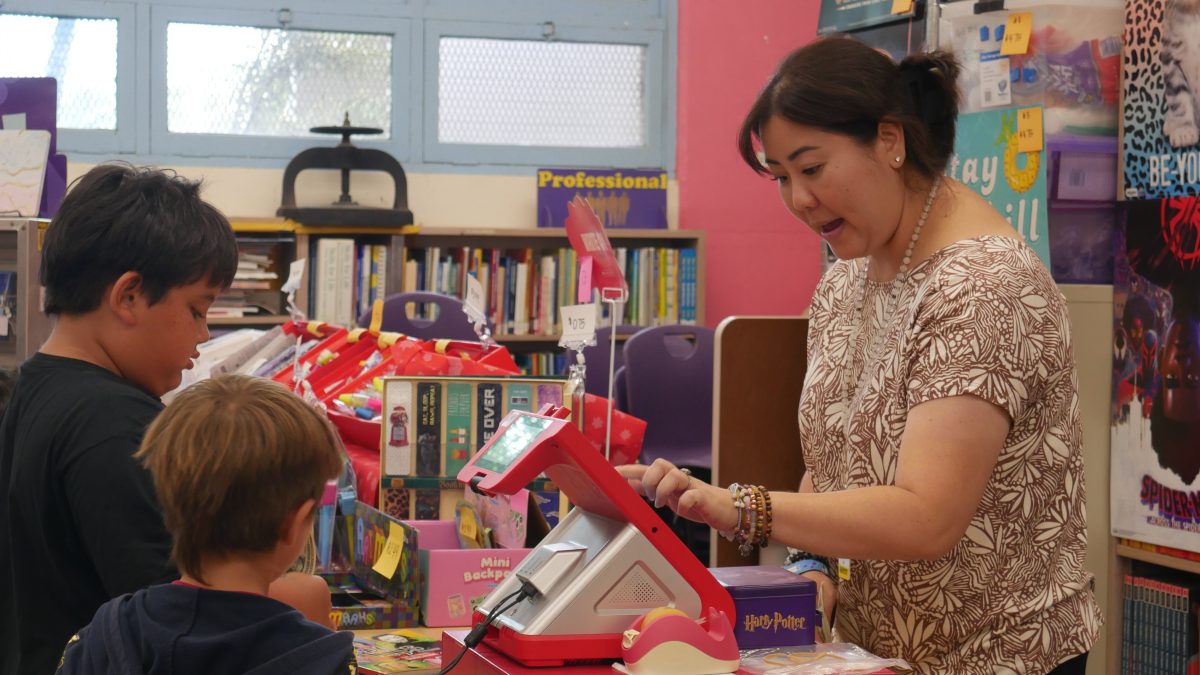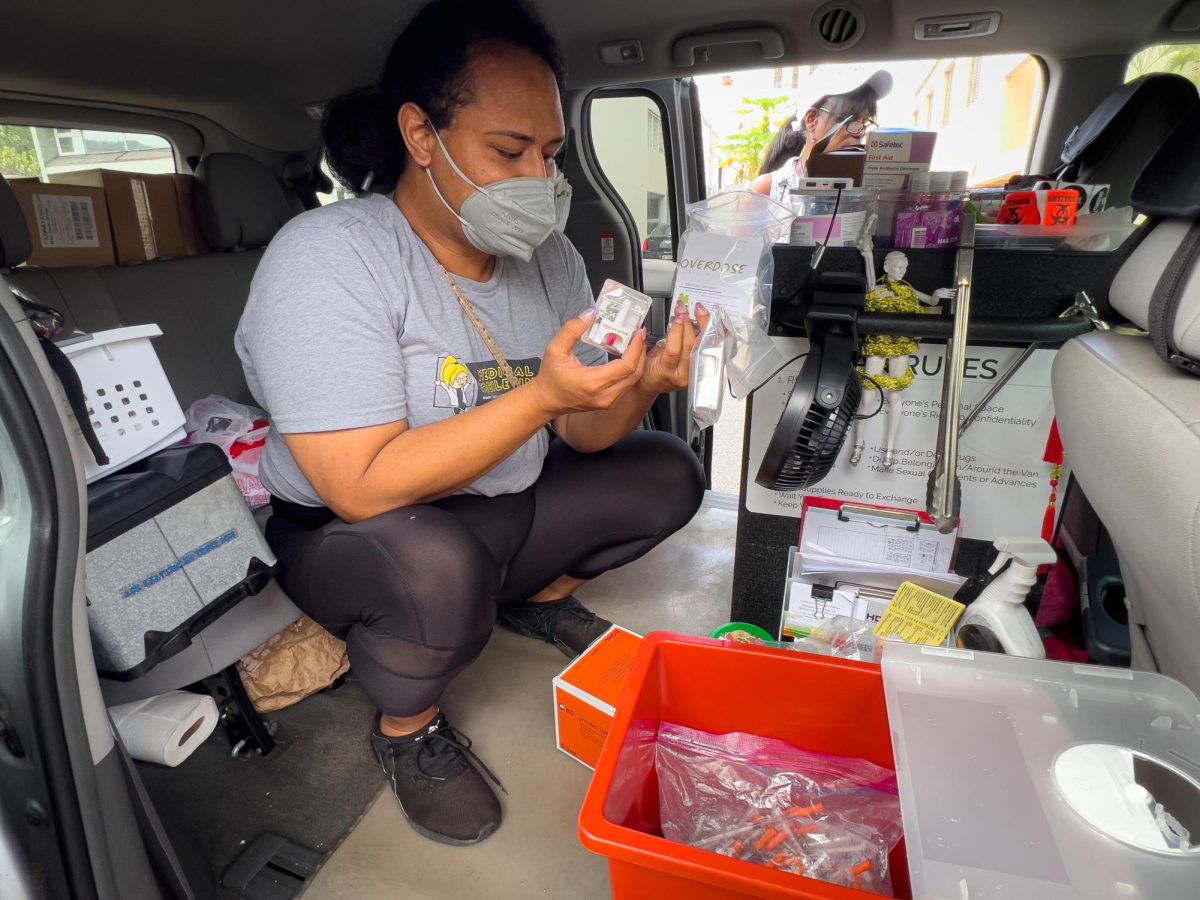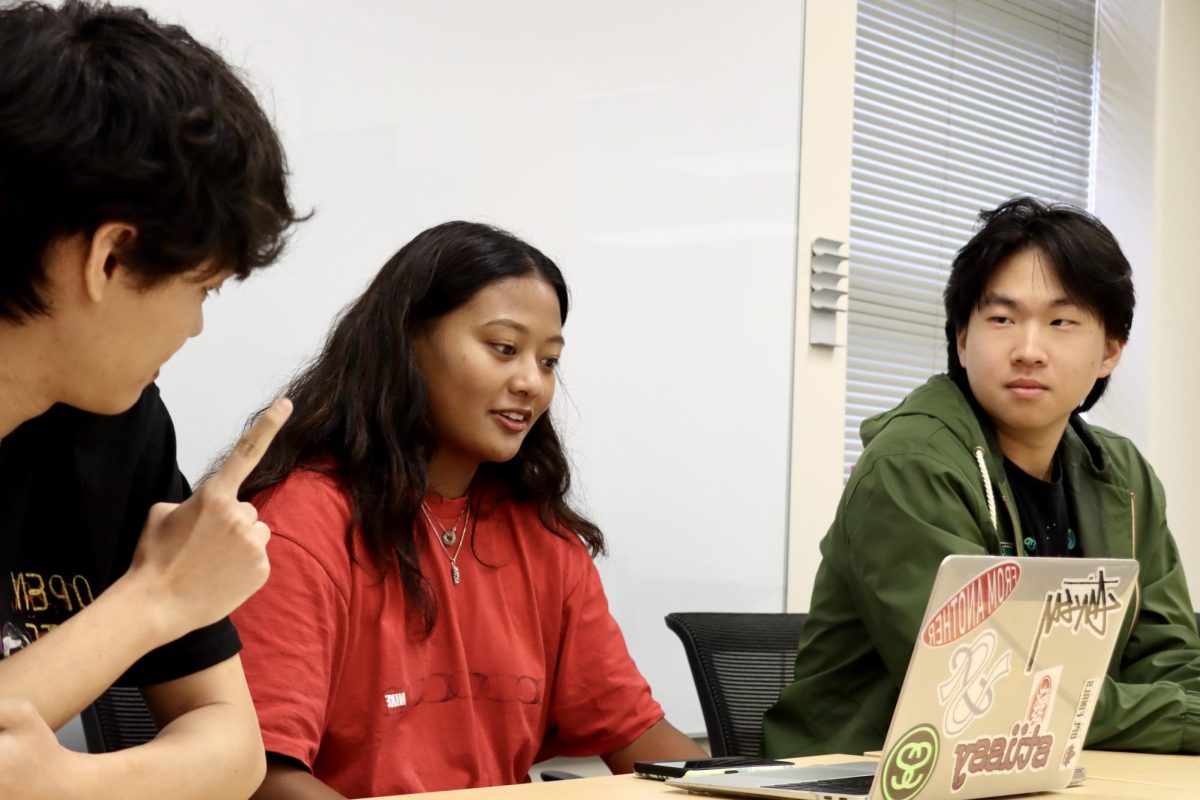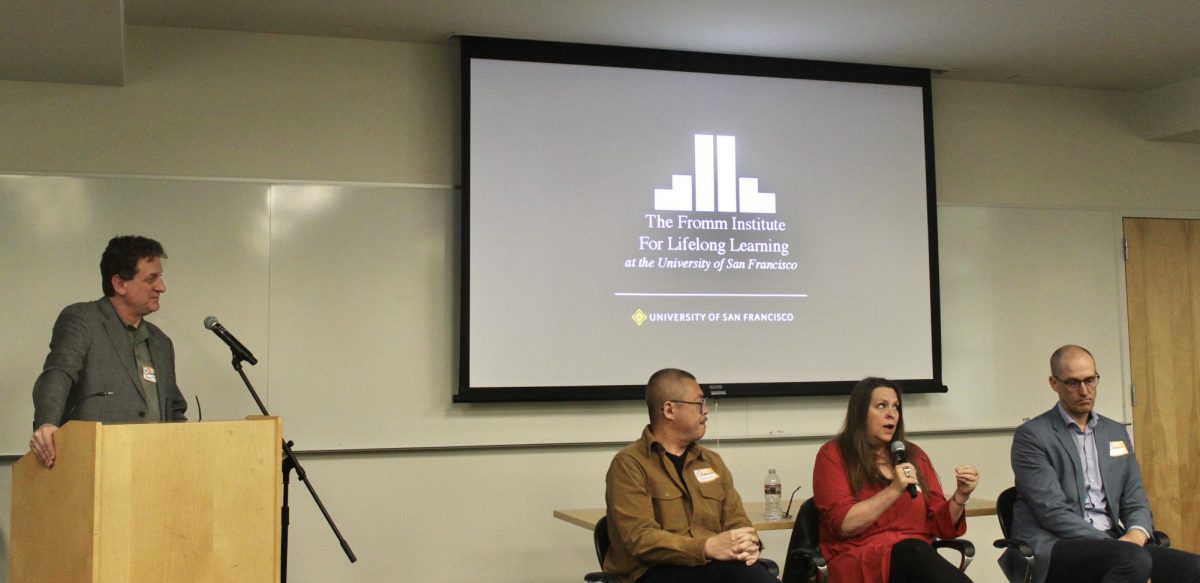The shrill sound of a school bell pierces through the silence of the Aina Haina Elementary school library, and the excited chatter of students fills the large space. Students file into the library in organized chaos as their teacher settles them down with the school librarian to start a morning of book-sale shopping.
“With the (Department of Education), it’s up to each school to decide how much they want for their budget, and unfortunately I don’t have a built in budget,”said Shelley Lau, the school librarian for Aina Haina Elementary. “So that’s why I do book fairs, because that’s how I make most of my budget,”
This lack of budget isn’t uncommon for school librarians and continues to be a barrier for school librarians nationwide. In a School Library Journal report from 2021, around 15 percent of school libraries reported that they had no budget at all for that year. That number increased by five percent from reports in 2017.

“Many school libraries do not have a dedicated budget from their school,” said Meera Garud, chair of the Advocacy Committee at the Hawaii Association of School Librarians. “So, they have the librarian position, but the librarian needs to fundraise to get resources to buy books and replace materials.”
Librarians and advocates believe that lack of support systems stem from a continued misunderstanding of the demands of a school library and the role librarians play in education.
“The concern for librarians is how do we get people to understand what we do,” said Lau. Beyond maintaining the library’s collections and running book fairs to raise funding, school librarians are also responsible for connecting teachers with resources students can use for class projects and encouraging students to practice reading to help maintain literacy skills.
Rachel Jacobson is a student in the University of Hawaii at Manoa’s Library Information Science program, but she’s also a parent with a daughter in elementary school.
“We live in Kaʻaʻawa, and the closest library to us is 30 minutes away,” Jacobson said. “So it’s also nice that my child has access to reading materials, if I can’t make that 30 minute drive to get some.”
School librarians also engage in extracurricular activities that enrich the learning opportunities for students outside of the classroom. Along with her work in the library, Lau coaches the Aina Haina Elementary speech team, and she helped with the school’s May Day hula performance.
“When you take away a librarian position years later, schools are like ‘oh, we really need that position back’ because they think most people think like a room of books can maintain itself. But it cannot really,” Lau said.
A Historical Problem
The Hawaii Association of School Librarians observed a decline in librarian full-time equivalent (FTE) positions over the past decade. Data from the Department of Education shows a significant decrease in FTE positions between the last two school years and that number is expected to continue to decrease within the next year.
“People in the schools still think that librarians just check books in and out and read books to kids,” Jacobson said.
Jacobson also talked about librarian jobs being given to paraprofessionals, such as teachers or library assistants.
“So, a lot of times they might just hire a paraprofessional to do that instead of understanding that librarians also are collaborators and help teach students skills that help with college preparedness and information literacy,” Jacobson said.
The consequences of these decreases in positions most immediately impact students.
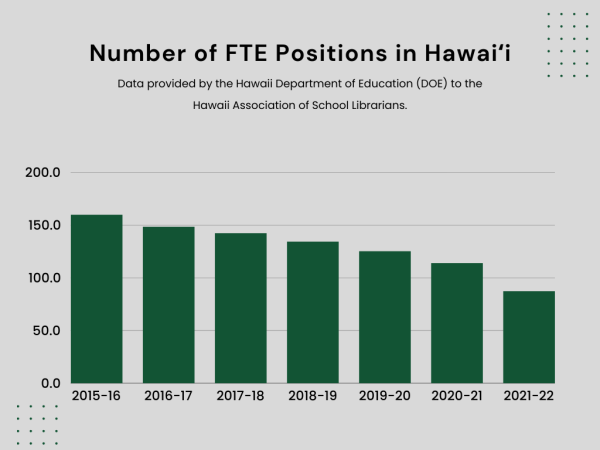
” If a student is attending a school for their duration of their K-12 education and never has the licensed school librarian, then that means they’re going to graduate high school without potentially having the skills they need to navigate, identify information, and misinformation,” said Garud.
According to data collected by the DOE, there’s 1 certified school librarian to every 2,425 students.
A report from the Institute of Museum and Library Services released in 2021, showed that the percentage of library support staff working in districts without school librarians doubled from 5 percent to 12 percent over the last decade.
House of Representatives Recognition
During the 2024 legislative session, House Resolution 168 and its companion resolution, House Concurrent Resolution 188, went through both the House of Representatives and Senate. The purpose of the resolution was to ensure that certified librarians and media specialists would be staffing school libraries
HR 168 was adopted in its final form, displaying a push towards support for Hawaii school librarians by the House of Representative. While its companion resolution, HCR 188, was stalled when pushed to the Senate Committee on Education in early April.
Staffing libraries with certified librarians and media specialists is a way to ensure that library programs are run by professionals with the skills necessary to manage library collections and develop educational materials for teachers.
Currently, only 1 out of every 4 schools has a certified school librarian on staff. Advocates, such as Garud, expect this number to increase as the number of positions continues to decrease.
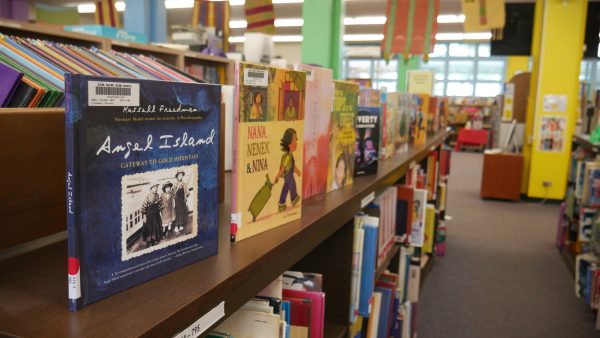
While a resolution is not the same as a bill, thus it doesn’t enact any specific legal action, it does confirm that the House chamber is committed to supporting the stance and the clauses of the resolution. This brings hope to many advocates that more eyes will be on school libraries and school librarians in the future.
Advocates like Garud were excited to see that HR 168 was adopted by the House of Representatives and to see that 40 pages of testimony was submitted in support of HCR 188, including a submission by Keith Hayashi, the superintendent of the Department of Education.
“I think the next step is really working with the people who submitted testimony, and trying to discuss more about what we can do to address the issue because there might be other ways to address this situation,” Garud said. “We just want to make sure that all students have access to a librarian.”


